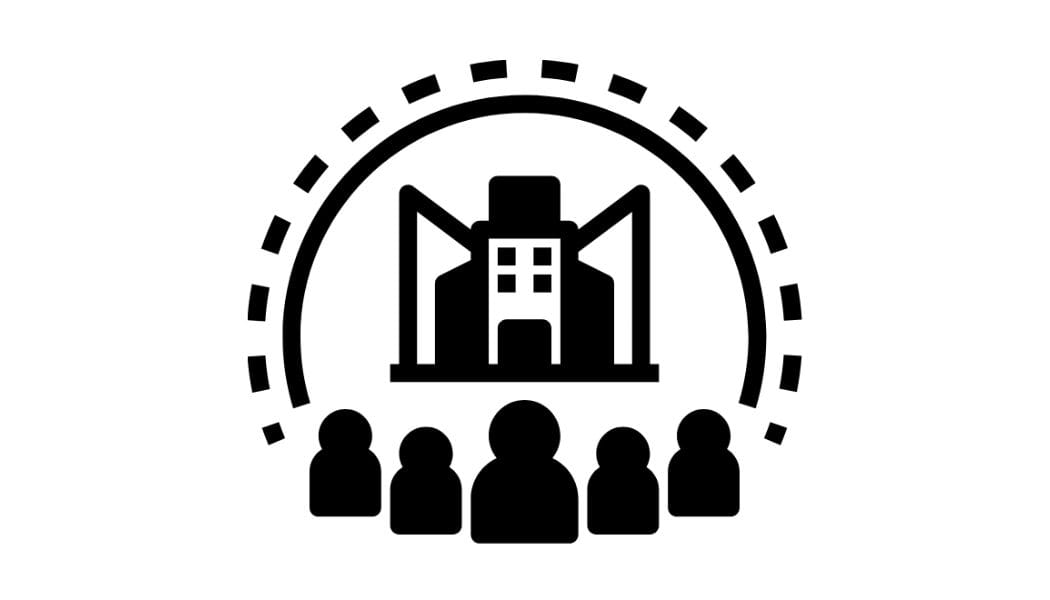Framework Migration: A Journey of Agility, Maturity, and Microservices
Explore the Journey of our migration from Play Framework 2.0 to Spring Boot 3.0, the limitations of the old framework, and the promise of the new.

For years, Play Framework 2.0 served us- HomeTriangle, a leading home services marketplace, well. It was lightweight, efficient, and enabled rapid development. But as our application grew in complexity and our team expanded, its limitations began to emerge. It was time to make a tough decision: find a way to overcome those limitations with Play, or explore greener pastures.
Why Spring Boot 3.0?
After careful evaluation, we embarked on a migration to Spring Boot 3.0. This wasn't just a technical upgrade; it was a strategic move towards a more robust, flexible, and future-proof architecture. Here's what led us to Spring Boot and the benefits we've reaped at HomeTriangle:
Breaking Up the Monolith
Play 2.0, while capable, thrives in a monolith-centric world. Our HomeTriangle application, however, had grown organically into a sprawling beast, demanding modularity and independent scaling. Spring Boot's microservices-friendly architecture was a perfect fit. We were able to decompose our application into smaller, self-contained services, each with its own lifecycle and deployment. This boosted agility, improved fault tolerance, and enabled faster development cycles for a smoother user experience at HomeTriangle.

A Spring of Dependency Injection
Play's lightweight nature meant limited dependency injection (DI) capabilities. Spring Boot, on the other hand, boasts full-fledged DI with its powerful Spring Container. This injection of pre-configured dependencies streamlined our HomeTriangle code, improved maintainability, and facilitated cleaner object interactions. Our developers rejoiced at the newfound clarity and ease of testing, leading to more efficient development processes.
Enterprise-Grade Ecosystem
Play 2.0's ecosystem, while vibrant, primarily caters to web development. Spring Boot unlocks the vast Spring ecosystem, offering a mature suite of libraries and tools for enterprise-grade applications. From security and data access to messaging and caching, Spring Boot had it all, saving us precious development time and ensuring compatibility with established enterprise systems, crucial for the continued growth and success of HomeTriangle.

Hot Reloading, Hello Spring:
Play 2.0's development experience was good, but hot reloading in Spring Boot 3.0 takes it to another level. Seeing code changes reflected instantly without restarts was a game changer for our HomeTriangle developers. Developer productivity skyrocketed, and the iterative development cycle became a joy, pushing the boundaries of innovation at HomeTriangle.
Future-Proofing Our Journey:
Play 2.0's future roadmap felt uncertain, casting a shadow on our long-term stability at HomeTriangle. Spring Boot, on the other hand, enjoys strong community backing and a robust roadmap, constantly evolving with new features and improvements. This confidence in the future was crucial for our long-term success, ensuring HomeTriangle remains at the forefront of the home services market.

Challenges
The migration wasn't without its challenges. Learning a new framework, refactoring code, and managing compatibility issues required dedication and teamwork. However, the benefits we've reaped at HomeTriangle in terms of agility, maintainability, and future-proofing far outweigh the initial hurdles.
Thoughts and a few words of advice for fellow Developers
If you're wrestling with the limitations of your current framework, especially Play 2.0, consider Spring Boot. It might be the springboard you need to propel your application to greater heights, just like it did for HomeTriangle.
Just remember, like any journey, migration requires careful planning, a dedicated team, and a shared vision of the destination.
This is just one team's story. What are your experiences with Play and Spring Boot? Share your thoughts in the comments below!
P.S. Don't forget to share this blog if you found it helpful! And be sure to visit us to experience the power of a platform built on agility and innovation.




Comments ()